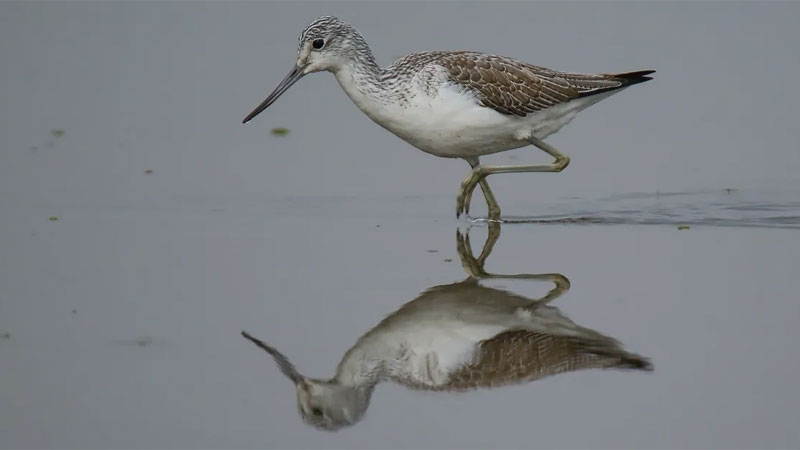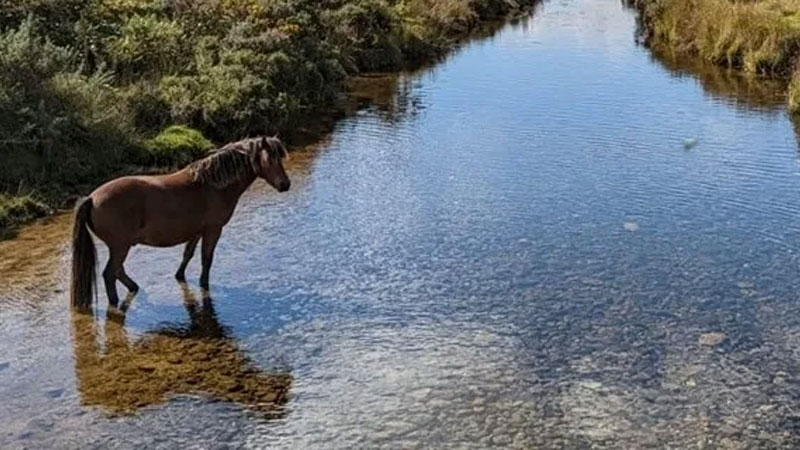Greenshank Environmental Ltd Contact Details
Contact
Kim Connor Streich
Email
About Greenshank Environmental Ltd
Greenshank Environmental
Greenshank Environmental delivers efficient, effective nutrient mitigation across the UK. This permits housing development while protecting the environment. Our core focus is to develop nature-based solutions like wetlands or riparian buffers via a capital efficient and environmentally friendly process. These solutions enable the creation of nutrient credits for both nitrogen and phosphorus.
We are reviewing projects in all major catchments impacted by Nutrient Neutrality regulations. Our expert team has successfully delivered Nutrient Neutrality projects for developers, Local Planning Authorities and Regulators, giving us deep market insight. Greenshank Environmental is committed to delivering efficient, effective nutrient mitigation across the UK.
Developers
We partner with developers to deliver individual schemes that enable both a significantly reduced credit cost and an opportunity to resell any unused credits. We will start selling credits in 2023.
Landowners
We assist landowners in understanding the nutrient credit potential of their land and then delivering nature-based solutions to provide nutrient credits.
Get in touch for a suitability assessment.
Investors
Our second investment vehicle is now open for investment for professional investors and funds. Greenshank provides the opportunity to deliver significant returns and diversity for the portfolio while also helping you achieve your ESG goals.
The Greenshank guide to Nutrient Neutrality
The problem
Developers need to offset the additional nutrient pollution caused by new developments within protected areas. They cannot get planning permission without doing this. They can either purchase Nutrient Credits or create Nutrient Mitigation Schemes themselves.
What we do
Greenshank Environmental develops wetlands and other innovative schemes to provide nutrient offsets in areas affected by Nutrient Neutrality. The nutrient offsets our schemes create become nutrient credits that can be used by developers to offset the additional nutrient pollution caused by new developments within protected areas. Our expert team has been behind some of the UK’s first nutrient mitigation projects for Nutrient Neutrality, including phosphorus treatment wetlands in Herefordshire, decommissioning industrial sites, in Hampshire and taking agricultural land out of production in the Solent. We have experience advising regulators and Local Planning Authorities on the evidence and standards needed to secure nutrients credits with sufficient certainty. We will use this expertise to ensure our mitigation projects will deliver nutrient credits with certainty needed to unlock housing development.
What is Nutrient Neutrality?
Nutrient Neutrality is a new legal requirement within the Habitat Regulations with which developers planning new schemes must comply. This is because nutrient pollution from new building development can damage the rare ecology of protected aquatic ecosystems. Where sites protected under the Habitat regulations already have unsustainable levels of nutrient pollution, all proposals for new development are now required to show that the new scheme will not make the pollution worse. In other words, the new scheme needs to be ‘nutrient neutral’. Nutrient Neutrality for new developments is delivered by offsetting the nutrients that the new scheme will produce. A key way to do this is through offsetting schemes such as new wetlands.
What causes Nutrient Pollution?
Nutrient pollution is released into freshwater and coastal areas from a range of different sources, including agriculture, aquaculture, septic tanks, wastewater, urban stormwater runoff, industry and fossil fuel combustion. These nutrient sources can either be carried in water that comes from various sources on land or be deposited from the atmosphere. Although various actions that are have been taken to reduce nutrient pollution, it is still at unsustainable and damaging levels in many protected ecosystems.
 Scotland
Scotland UK
UK Ireland
Ireland London
London













